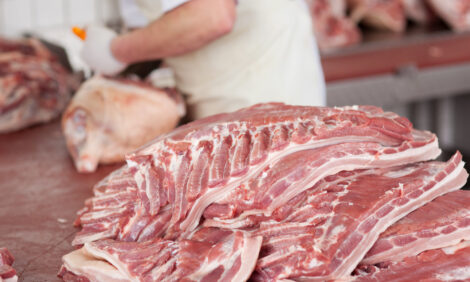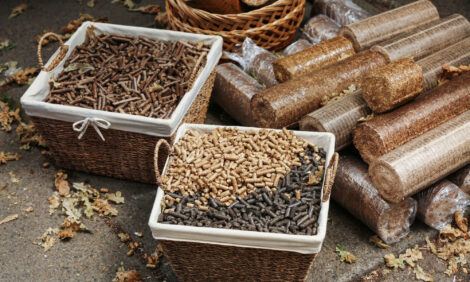



Cattle On Feed Report, 6 Per Cent Lower Than November 2012
US - Less beef lies ahead after the fifteenth consecutive On Feed report showed lower inventories for the months that the same month in the previous year, says Tim Petry, Livestock Economist at North Dakota State University.USDA-NASS released the monthly Cattle on Feed report on November 22, writes Mr Petry. The number of cattle and calves on feed for slaughter market in the U.S. for feedlots with capacity of 1,000 head or more totaled 10.607 million head on Nov. 1.
The inventory was almost 6 per cent below Nov. 1, 2012, and marks the 15th consecutive month with lower cattle on feed numbers than the previous year. And it was the lowest number of Nov. 1 cattle on feed since the data series began in 1996.
Smaller inventories imply lower beef production ahead. The Livestock Marketing Information Center (LMIC) is projecting 4th quarter 2013 beef production to decline about 5.2 per cent from last year. That would result in a 1.5 per cent decline in beef production for the year.
If U.S. pasture and range conditions continue to improve, declining cow slaughter coupled with lower fed cattle slaughter could result in 2014 beef production at 6 to 7 per cent lower levels than 2013.
Placements of cattle into feedlots during October totaled 2.394 million head, up 9.8 per cent from last year. That increase may sound surprising to some given a smaller calf crop this year. However, last year the 2.18 million head placed was the lowest on record for October.
Drought in much of the U.S. caused early placements so by October fewer feeder cattle were available. A return to more normal weather this year resulted in more placements of cattle in October. The 2013 October placements were still the 2nd lowest on record for that month.
The report also indicated more placements in Southern (Colorado, Kansas, Nebraska, and Texas) feedlots compared to Northern (Iowa, South Dakota) feedlots.
In North Dakota where I am, fewer calves were marketed in October than last year. Moisture conditions are much better this year and even hindered movement of calves to market in some cases. An early October snowstorm coupled with above average rainfall caused weaning lots to be muddy, so cattle were left on pastures and ranges longer.
Good feed supplies with lower prices have also caused interest in backgrounding calves, especially heifers, rather than selling them.
November calf marketings in N.D. have increased seasonally with a couple of noteworthy developments. First, a good demand for replacement quality heifers is evident with prices at or near their steer mates in some cases. Also there has been a resurging interest in buying calves by smaller Northern Plains farmer-feeders with the record corn crop and lower corn prices this year.
The Markets
Both fed cattle and boxed beef prices moved lower as retailers focused on turkey and ham for the Thanksgiving holiday. Across the 5-area market, liveweight steer prices averaged $130.55 per hundredweight down $1.04 for the week.
Dressed weight prices declined $1.05 to average $206.94 for the week. Choice boxed beef averaged $199.28 down $2.97 for the week. Calf and feeder cattle prices were mixed with calves generally steady to higher and feeder cattle steady to lower. Corn prices in Omaha on Thursday were down 4 cents per bushel at $4.10
TheCattleSite News Desk



